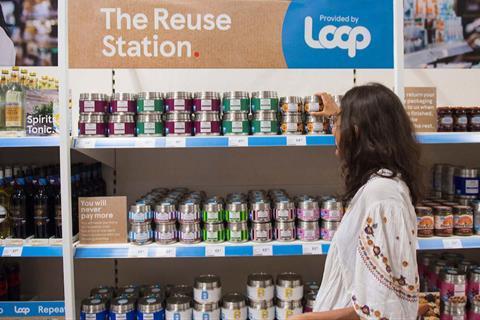
Small-scale trials of reusable containers create more greenhouse gas emissions than the single-use soft plastic packaging they replace, according to a landmark report.
The report from the Ellen MacArthur Foundation looks at the environmental impact of trials of returnable and reusable containers according to the scale they achieve.
Using “advanced modelling”, it finds selling food cupboard products in reusable containers does not compete environmentally with single-use until sales reach a market share of more than 2% of the category.
Anything smaller – classed as a “fragmented” effort in the research – will not only result in more greenhouse gas (GHG) emissions but also more material used.
The research analysed the impact of 1,000 sales of a product in single-use packaging, and compared it with the same number of sales in reusable containers. For ‘fragmented’ food cupboard trials, it assumed an 80% return rate by consumers, enabling a single container to be used five times.
The 1,000 sales in reusable containers creates 60kg of CO2e, compared with 37kg from single-use packaging, according to the analysis. The material used amounts to 10kg for the fragmented effort, compared with 8kg for single use. Only in terms of the amount of water used does refillable outperform single-use, requiring 353 litres as opposed to 509.
The report also examines the impact of larger-scale projects, achieving a market share of up 10% – which it refers to as a “collaborative” – and up to 40% – which it calls “system change”. Only at theses larger scales is a reduction in GHG emissions and material use for food cupboard products achieved, according to the report.
It examines the same scenarios for beverage bottles, personal care items and fresh food, and in these categories finds even fragmented pilots achieve reductions in GHG emissions, material use and water use.
The greater environmental impact of reuse in the food cupboard category stems from products such as rice and pasta moving from lightweight and flexible single-use packaging to hard containers requiring about five times as much plastic. In contrast, reusable beverage bottles for example require only about twice as much plastic as their single-use equivalents.
Examples of limited-scale UK pilots of reusable and returnable packaging – including for food cupboard products such as pasta –include Tesco’s Loop project, which ran in 10 stores for nine months until July last year.
Read more: What’s so ‘game-changing’ about M&S and Reposit’s reusable packaging pilot?
Last month saw the launch of a project aiming to onboard multiple retailers and suppliers to adopt standardised reusable containers. Refillable packaging platform Reposit, which has powered pilots in M&S, Asda and Co-op, aims to achieve “game-changing” scale with the project.
About six major retailers and eight major brand groups had signed up by Reposit’s 30 October deadline for registering interest, ahead of a proposed launch by 30 June next year.
Under the Ellen MacArthur Foundation’s modelling, even this would be classed as collaborative rather than system change until greater scale is achieved.
The report – called ‘Unlocking a reuse revolution: scaling returnable packaging’ – also highlights the cost barriers for businesses. For fresh food and food cupboard products, the cost of reusable always remains higher than single-use, only getting close to parity at the scale of system change.
Personal care bottles begin to deliver savings in a collaborative approach, while beverage bottles achieve cost parity at the same scale.
“Scaling reuse will be a major transition and won’t happen overnight,” said Sander Defruyt, plastics initiative lead at the Ellen MacArthur Foundation.
“No single organisation can drive the necessary change by itself. It will require a collaborative effort from businesses, policymakers and financial institutions.
“Together they can kick-start the reuse revolution and get the world on track to tackling the plastic crisis.”


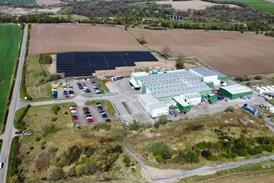

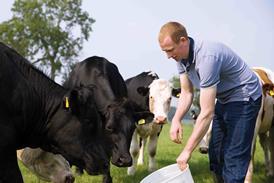






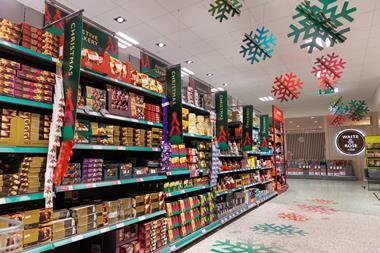
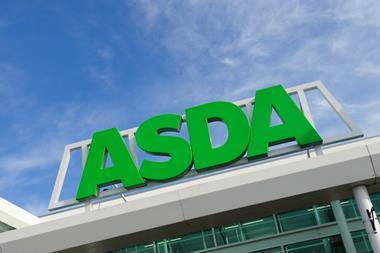

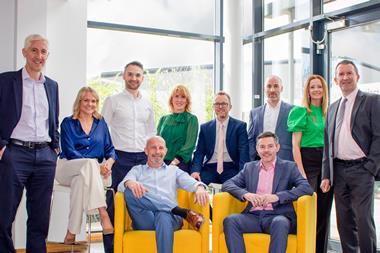




No comments yet